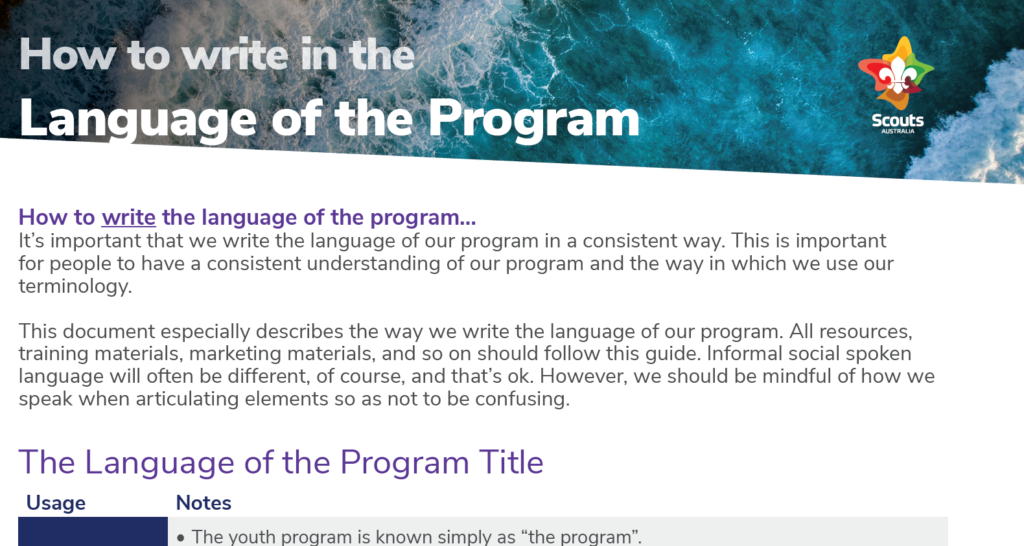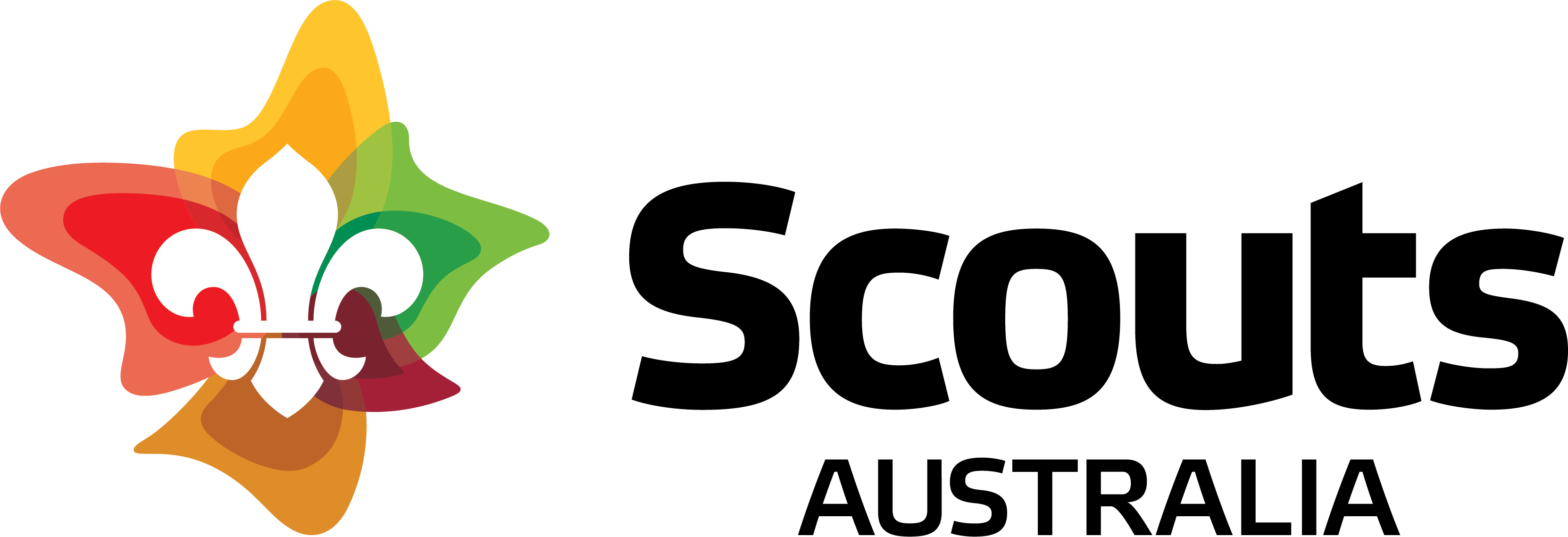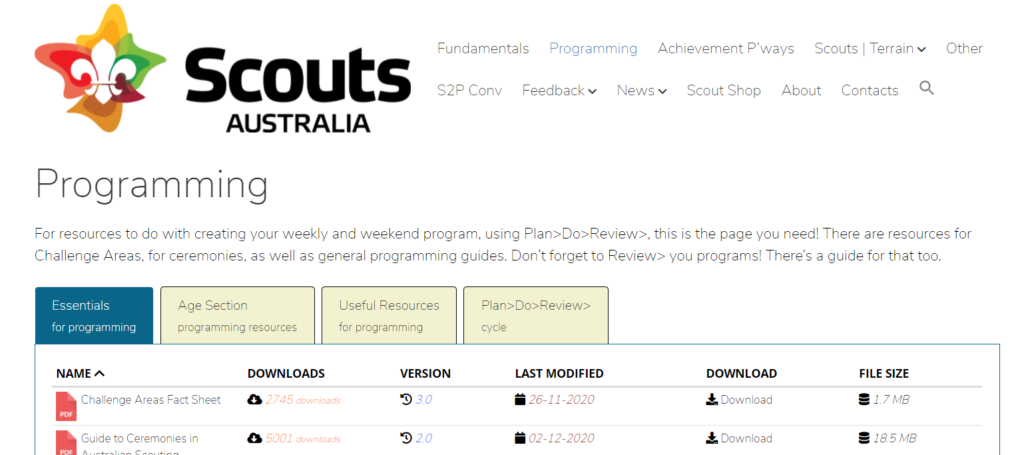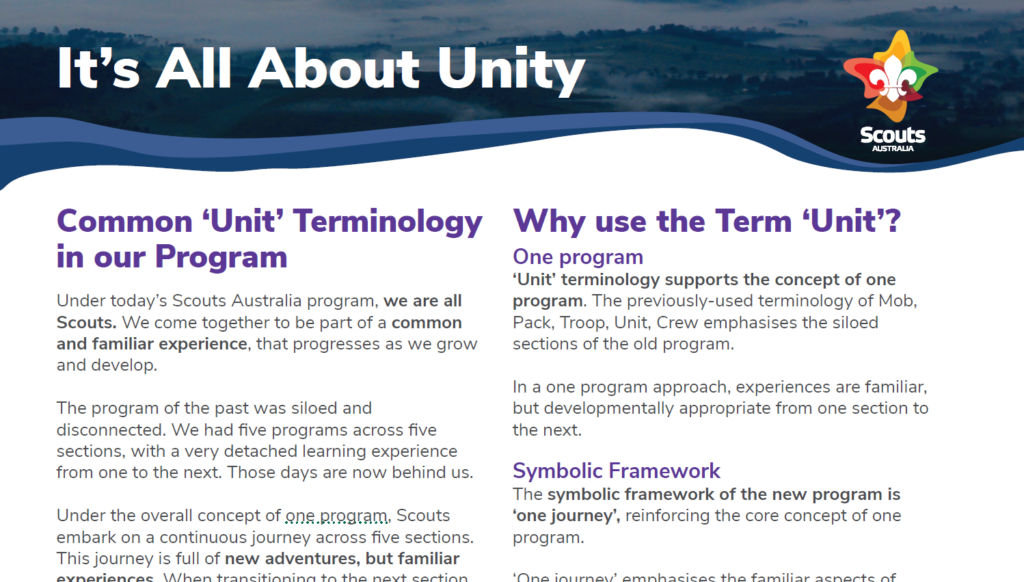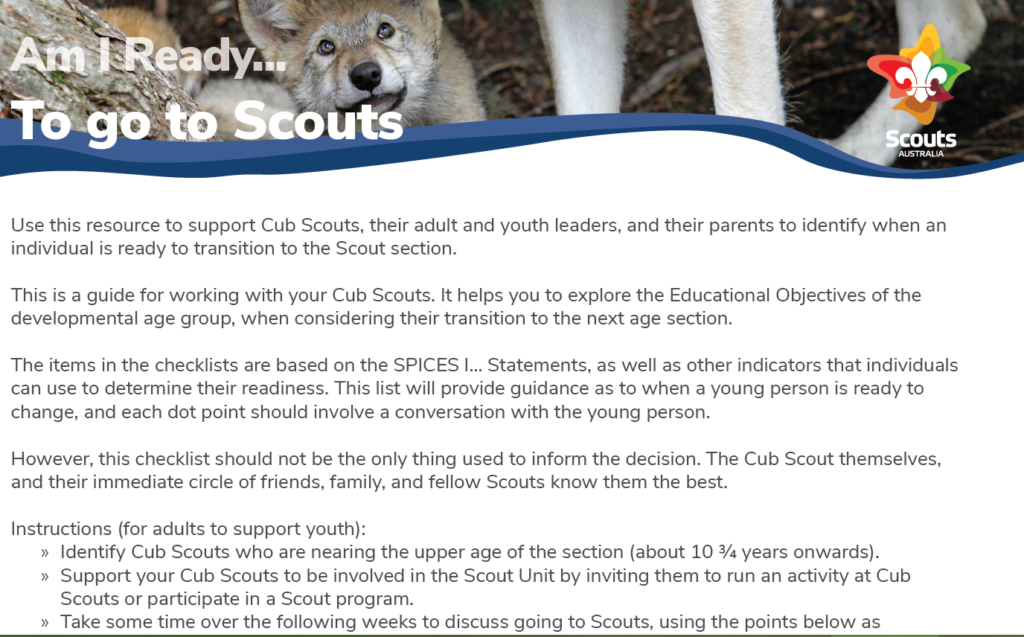As part of the ongoing commitment to Scouts | Terrain, there are two streams of work that will happen from time to time, resulting in releases of differing natures.
The first of these is an ongoing time allocation, per month, that enables background work to occur in the form of support and maintenance. Each month, this might look slightly different, and some items will be fixes to specific user issues, whilst other items might be more wide-ranging. It is more efficient for any of these fixes to be grouped for testing and release, so whilst work is steadily occurring, we won’t always see evidence of this on a routine basis.
The second stream of work is a concentrated stint of development work, with the potential to occur once each year. This will see significant enhancements to, or adjustment of, a feature (or multiple features) as a result of user feedback.
This month, there are quite a few items that have been bundled together from work that has occurred in the last two months from the support and maintenance stream. Some of this is addressing bugs, and other aspects are maintenance to update program additions or changes.
Check out the latest update here and here.
